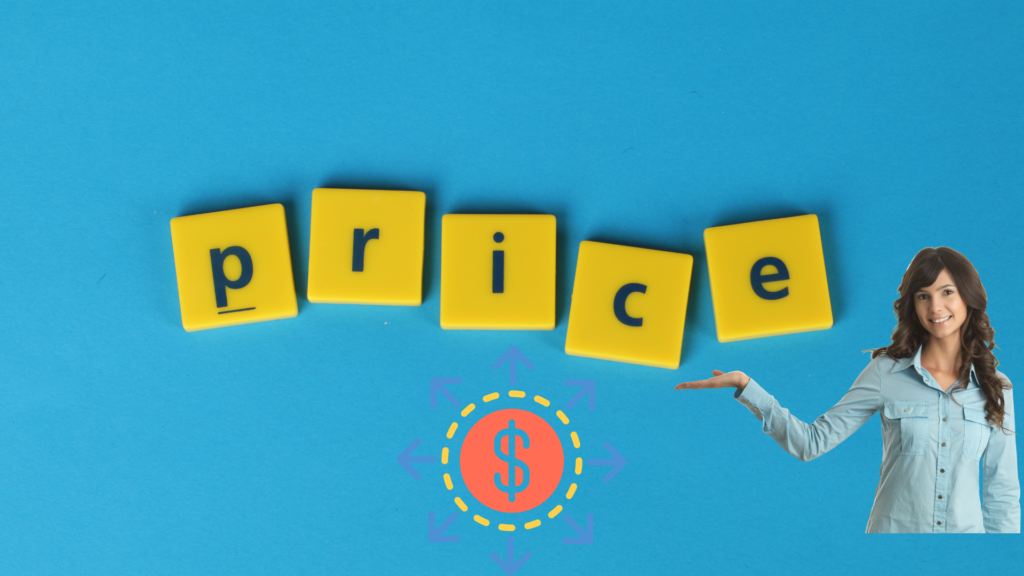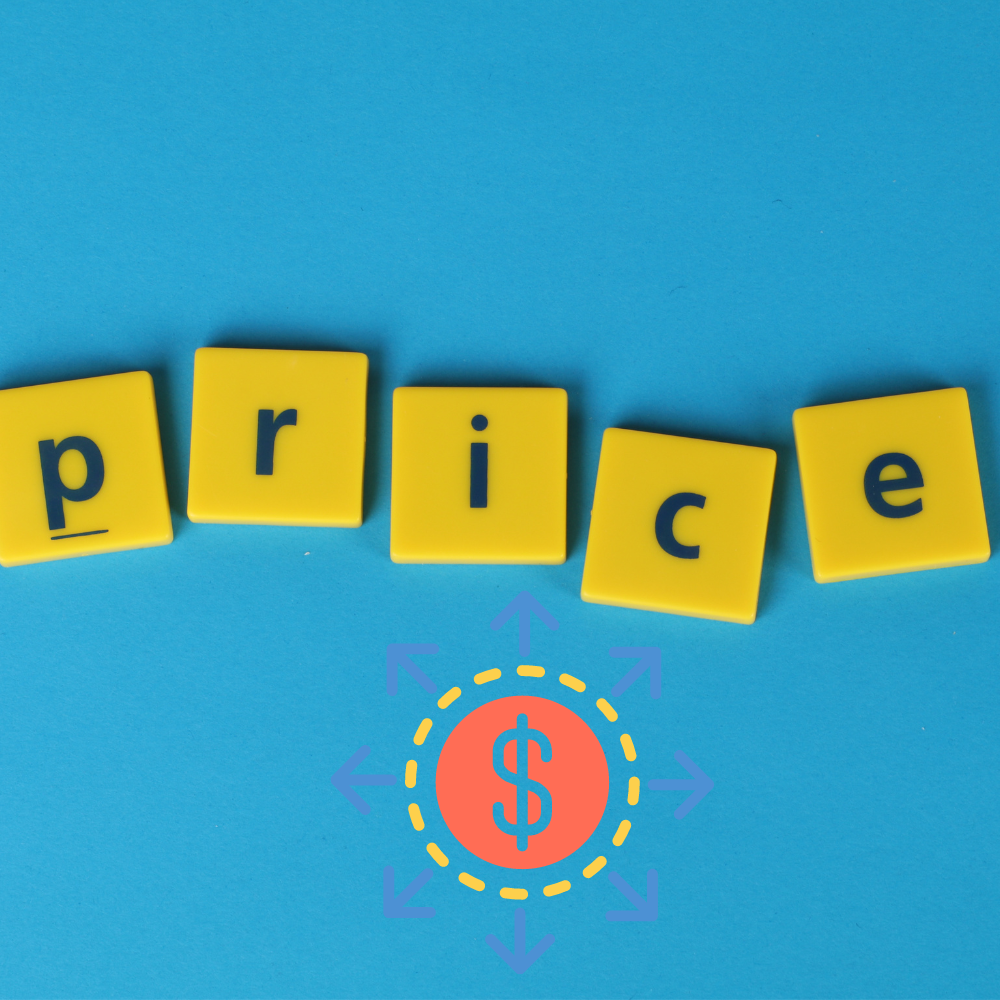Pricing Strategy: An Introduction
During my initial MBA days, I first came across the economic theory of supply and demand. Alfred Marshall’s Principles of Economics published in 1890 developed the now-famous supply-and-demand curve, which is still used to determine when the market is in equilibrium. As students, we also learned that the price of a commodity depends on the interaction between supply and demand in a market – called the equilibrium price. A key concept in this theory is price elasticity of demand, which explains how changes in prices affect consumer demand.
Pricing strategies for products, services, or events rely heavily on whether your product or service is sensitive to price fluctuations. A competitive pricing strategy will help your business prosper over time.
This post will summarize several key Pricing Strategies that can be used in order to arrive at the Optimal Price. It will assist in maximizing profit, sales, or other strategic and tactical objectives.

List of Pricing Strategies:
- Freemium Pricing
- Hourly Pricing
- Rate-based pricing
- Project-Based Pricing
- Geographic Pricing
- Price Anchoring
- Penetration Pricing
- Price Bundling
- Price Skimming
- High-Low Pricing
- Loss Leader Pricing
- Dynamic Pricing
- Surge Pricing
- Demand Pricing
- Time-based Pricing
- Value Based Pricing
- Cost Plus Pricing
- Markup Pricing
- Premium Pricing
- Competition-Based Pricing
- Psychological Pricing
- Predatory Pricing
Pricing Strategies: Definitions & Examples
- Freemium = Free + Premium.
As part of this strategy, companies offer a free trial or basic version of their product. If users wish to upgrade, they are able to purchase the full functionality product for a premium price.
- Hourly Pricing
A simple hourly pricing strategy is commonly used by consultants, freelancers, etc. who provide business services. When you use hourly pricing, you will be paid for each hour worked multiplied by the hourly rate.
- Rate-based pricing
See Hourly Pricing
- Project-Based Pricing
A project-based pricing method involves setting a fixed fee per project, regardless of the length of the project. It is also quite popular among business and consulting consultants.
- Geographic Pricing
Geographic pricing refers to the adjustment of prices based on a specific location, market, or region. In some cases, price differences are caused by economic disparities, labor wages, or shipping costs, or even to convey an image of premium or novelty.
- Price Anchoring
A price anchoring strategy involves setting the price of your product or service against that of a similar, higher-priced product or service that the customer can refer to when making a purchase decision. For instance, when a TV set is discounted from $1000 to $800, the anchor price is the higher price at the beginning.
- Penetration Pricing
Using the penetration pricing strategy, companies gain market share quickly by setting introductory low prices that entice customers to buy. As a customer base becomes more stable, we generally see price increases over time.
- Price Bundling
Bundling strategy provides a discount when you buy multiple products or services at the same time. Combining two or more products to sell at a lower price than if they were sold separately forms the basis of this popular marketing strategy.
- Price Skimming
A company that uses price skimming charges the highest price possible at first, then reduces it over time as novelty and demand wear off. Apple, Nike, etc use price skimming as they leverage high consumer demand for new products they release.
- High-Low Pricing
See Price Skimming
- Loss Leader Pricing
Loss Leader strategy involves giving you a discount on a highly popular item and then making up the money on some of the other items being offered for sale. As a result, it can gain market share as well as cross-sell other profitable products and services.
- Dynamic Pricing
A dynamic pricing system is one in which the price for a product or service consistently changes in response to factors like supply & demand, competition, time, place of purchase, etc. Hotels, airlines, events and transportation services such as Uber and Lyft use this strategy quite frequently.
- Surge Pricing
See Dynamic Pricing
- Demand Pricing
See Dynamic Pricing
- Time-based Pricing
See Dynamic Pricing
- Value Based Pricing
Value-based pricing is determined by the perceived benefits of the product rather than by the exact cost of developing it. Apple products, Starbucks, and luxury goods like Louis Vuitton, Chanel etc. are some examples of Value-based pricing where customers are willing to pay a premium based on the perceived benefits that will receive in return.
- Cost Plus Pricing
Cost Plus Pricing involves adding a fixed percentage to the cost to determine the selling price.
- Markup Pricing
See Cost Plus Pricing
- Premium Pricing
Essentially, premium pricing is when prices are set higher than average market prices to create the image of quality, luxury, and exclusivity.
- Competition-Based Pricing
In competition-based pricing, your prices are set in relation to those of your competitors. Competition-based pricing relies solely on the benchmarked prices of competitors for similar products or services.
- Psychological Pricing
Some prices are thought to have a psychological impact, which results in sales. When compared with $20, a product priced a cent below at $19.99 is considered a better bargain, even though the difference between the two isn’t substantial.
- Predatory Pricing
Predatory pricing refers to the practice of setting prices so low that other suppliers are unable to compete and leave the market. This type of strategy is unlawful in most countries and violates antitrust laws.


